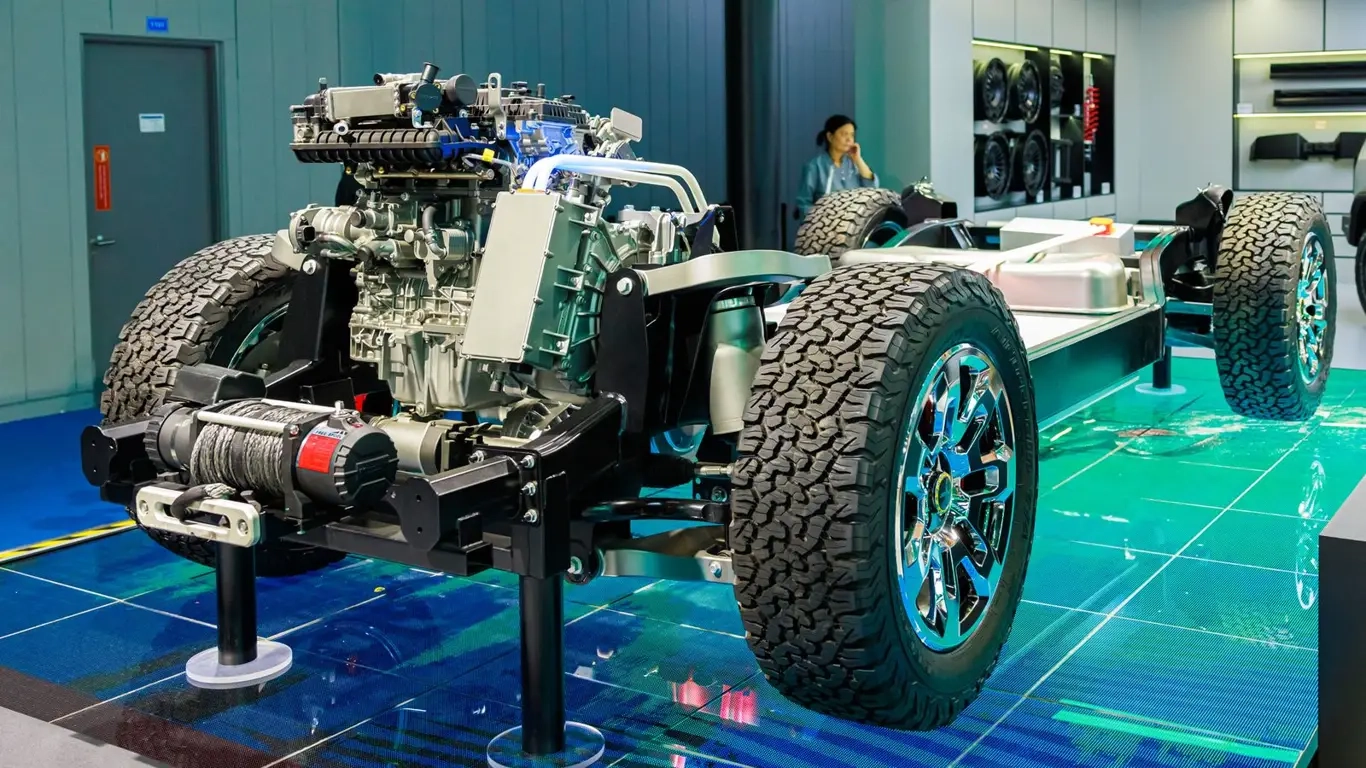Winter driving: why AWD helps you go, not stop


Expert Dmitry Novikov explains why AWD/4x4 aids traction but not braking in winter. Learn how winter tires and smooth driving - not confidence - keep you safe.
In winter, owners of all-wheel-drive cars often feel more secure than everyone else, confident that 4x4 will rescue them from any situation. Yet, as auto expert Dmitry Novikov explained in an interview with SPEEDME.RU, that confidence can be misleading. All-wheel drive helps when pulling away and tackling rough or slippery terrain, but it does not improve braking performance or keep the car planted through a corner.
Every car, no matter the drivetrain, slows down with all four wheels. If the tires can’t find grip, no transmission will change that. On top of that, many AWD crossovers carry extra weight, which can stretch the stopping distance even further.
It’s a similar story in bends: four driven wheels may tame wheelspin on the way out, but they won’t save a car that enters too fast. That excessive faith in AWD often ends badly—winter ditches tend to fill up with 4x4 SUVs for a reason. Confidence is useful only until friction has its say.
True safety rests on tires. Tests show that a front-wheel-drive car on quality winter rubber will stop sooner than an AWD model on summer tires.
The advice from experts is straightforward: your real allies in the cold season are a calm driving style, smooth inputs, and good winter tires. All-wheel drive will help you get going, but it won’t help you come to a halt—and that’s the lesson worth remembering when the roads turn slick.